Special Comments
The best Orthopedic we have ever worn. It’s an amazing work. We are going to order the second pair. If you are thinking about ordering from this service, stop it and just do it now. It will change your life.”
MON-FRI 10AM-9PM and SAT 10AM-6PM
A foot orthotic is a “custom” made foot appliance that is placed in your shoe that will evenly distribute your weight on your feet, align the feet and lower extremities to their best “neutral” and optimal function; therefore making your body a better shock absorber, ground adapter, lever and overall. Think of it as your car getting a new front end alignment and shock absorbers. The result is a smoother ride and less wear and tear on all its parts. In human terms, less foot, ankle, leg, shin, knee, hip, and lower back pain after long periods on your feet! Remember, everything is literally foot-related; the secret is to find out how much and how well you improve.
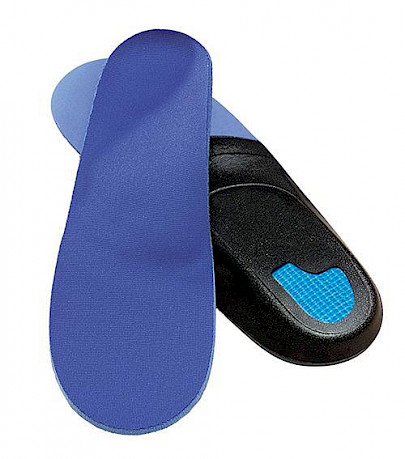
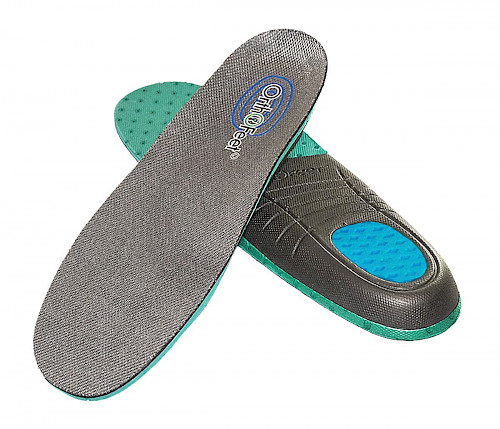
Benefits Of Orthotics:
- Orthotics offer relief for painful foot problems, especially for those who must walk or stand excessively while at work, or in everyday activities. Those most affected are employees who spend many hours on their feet in safety shoes on hard, unyielding surfaces such as cement, etc.
- Regular use of an orthotic will alleviate foot, leg, knee, hip, and back pain.
- Orthotics help to maintain the normal positioning of the bones in the foot, as well as the joints in the ankles, knees and toe alignment.
- Wearing an orthotic helps to realign the spinal column.
- Orthotics help to alleviate fascia pain.
- Wearing orthotics aids in the prevention and partial correction of minor foot deformities such as hammertoes and bunions.
- Orthotics can also provide you with additional shock absorption, for example while walking, jogging, etc.
Are they all the same?
Orthotics are currently unregulated in Ontario and therefore it is vital to seek a Registered & College Regulated Foot Specialist (Chiropodist/Podiatrist). Each practitioner will prescribe what they feel is best for the patient based on their years of experience and knowledge in the biomechanical and orthotic prescribing field. The orthotic “type” that would be the most functional and ideal for you would be determined based on many factors the Chiropodist will take into consideration after performing your overall foot assessment. These may include, but not be limited to:
- Personal medical and orthotic history
- Job duties and repetitive work tasks (many hours standing, walking and/or sitting)
- Systemic conditions, (diabetes/arthritis, etc.)
- Favourite Recreational & Sport activities and their associated repetitive motions and movements ( there are we “specialized” orthotics designed specifically for golfing, hockey, skating, marathon running, tennis, soccer, football, etc)
- Footwear most often worn at work
- Foot shape & Type (flat feet or high arches)
- Weight distribution on your feet (seen by a thorough computerized foot scan of your feet which we also provide)
- Many patients may actually have orthotic experiences ranging from mediocre to great success. To alleviate or minimize your limited orthotic experiences, it is advisable to seek practitioners that have many years experience in the biomechanical and orthotic fields. As like anything in life, practice and practice makes for more experienced practice management.
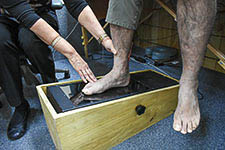
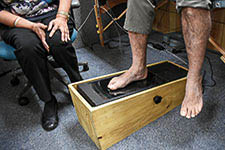
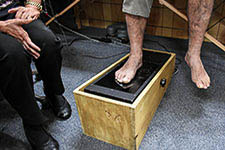

The best Orthopedic we have ever worn. It’s an amazing work. We are going to order the second pair. If you are thinking about ordering from this service, stop it and just do it now. It will change your life.”